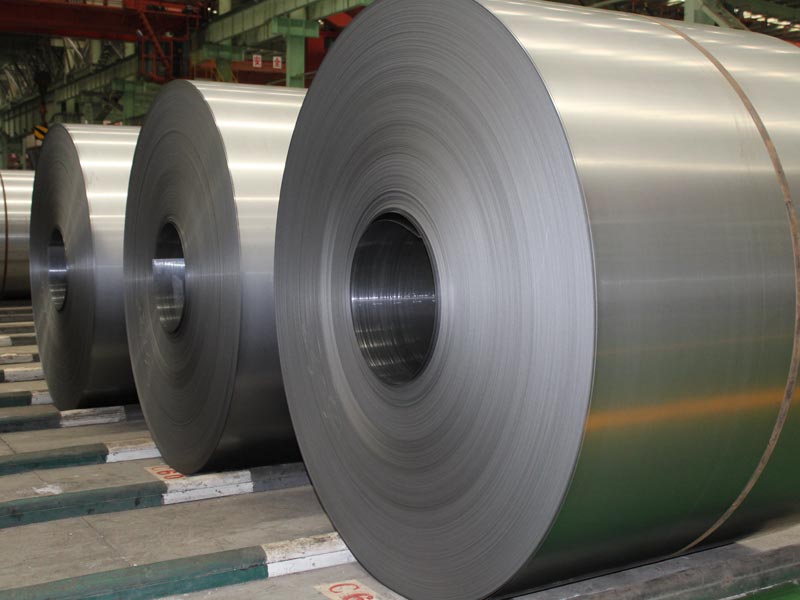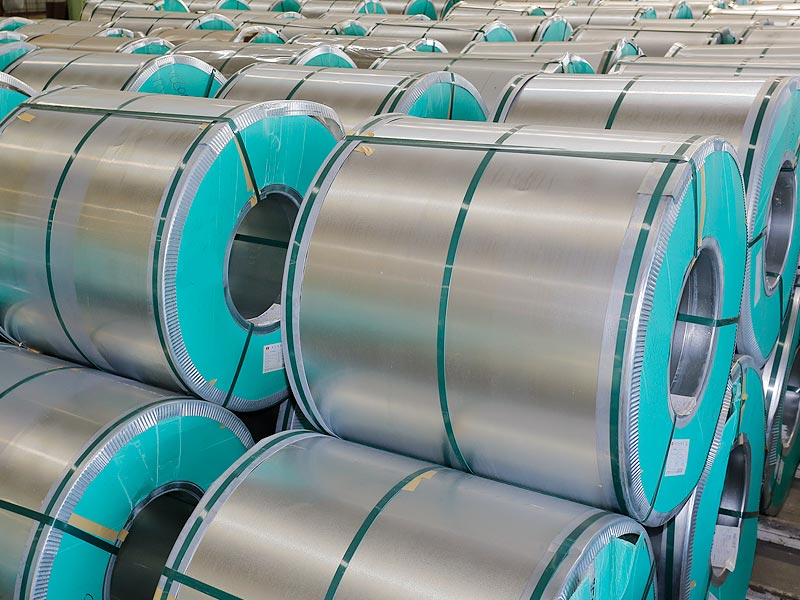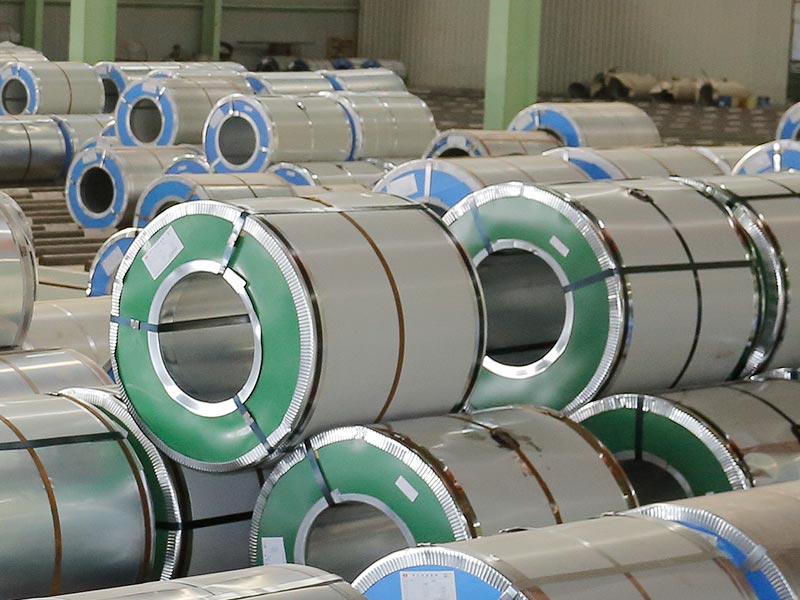Tinplate is a tin plate coated with a layer of tin on the surface. It is not easy to rust and is also called tinplate.
Iron chips are immersed in molten liquid tin and prepared. Tin is a metal that is less reactive than iron. It is neither oxidized by air nor reacts with water, so it is quite resistant to corrosion. A thin layer of tin is plated on the iron plate for good protection. However, if the plating is electrochemically corroded once it is destroyed, because iron is more active than tin, iron will degenerate as the negative electrode of the primary battery, and the presence of tin will accelerate the corrosion rate of iron. Therefore, tin and tin are different. In the case of a good coating, it has the function of protecting the iron. Tinplate was first produced in Bohemia (now in the Czech Republic and Slovakia). The area has been rich in metal since ancient times, advanced technology, and know how to use water power in machine manufacturing, began production of tinplate since the 14th century. For a long period of time, it has been the main producer of tinplate in the world. At that time, tinplate was mainly used to make tableware and drinking equipment.
In the 17th century, Britain, France and Sweden had all hoped to establish their own tinplate industry. However, due to the large amount of funds required, it has not been developed. It was not until 1811 that Brian Tinkin and John Hall opened tin canned foods, but tinplate manufacturing began to develop on a large scale. Today, the world produces about 250,000 tons of tin per year, and more than one-third is used to make tinplate, most of which is used in the canned food industry.




